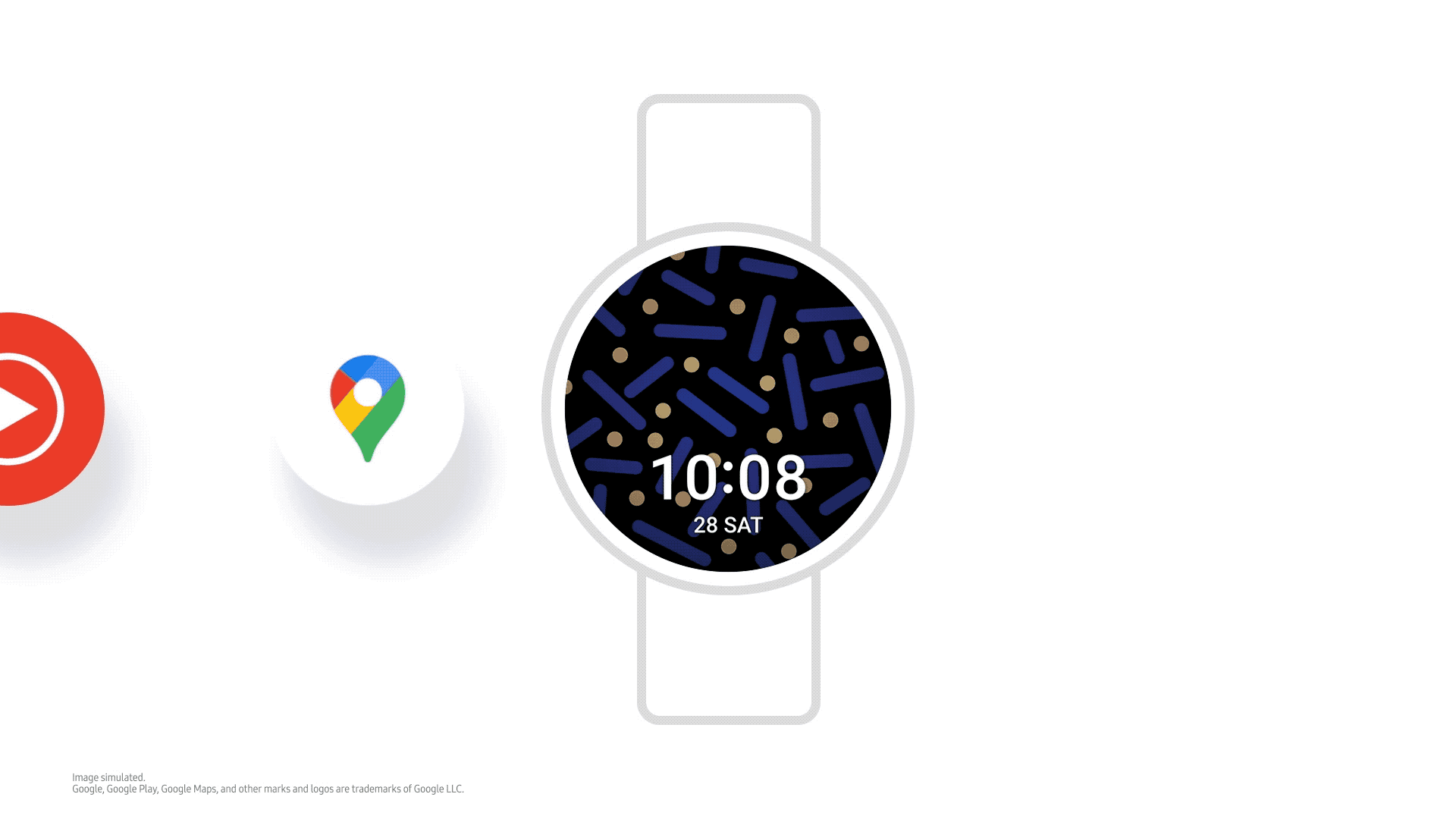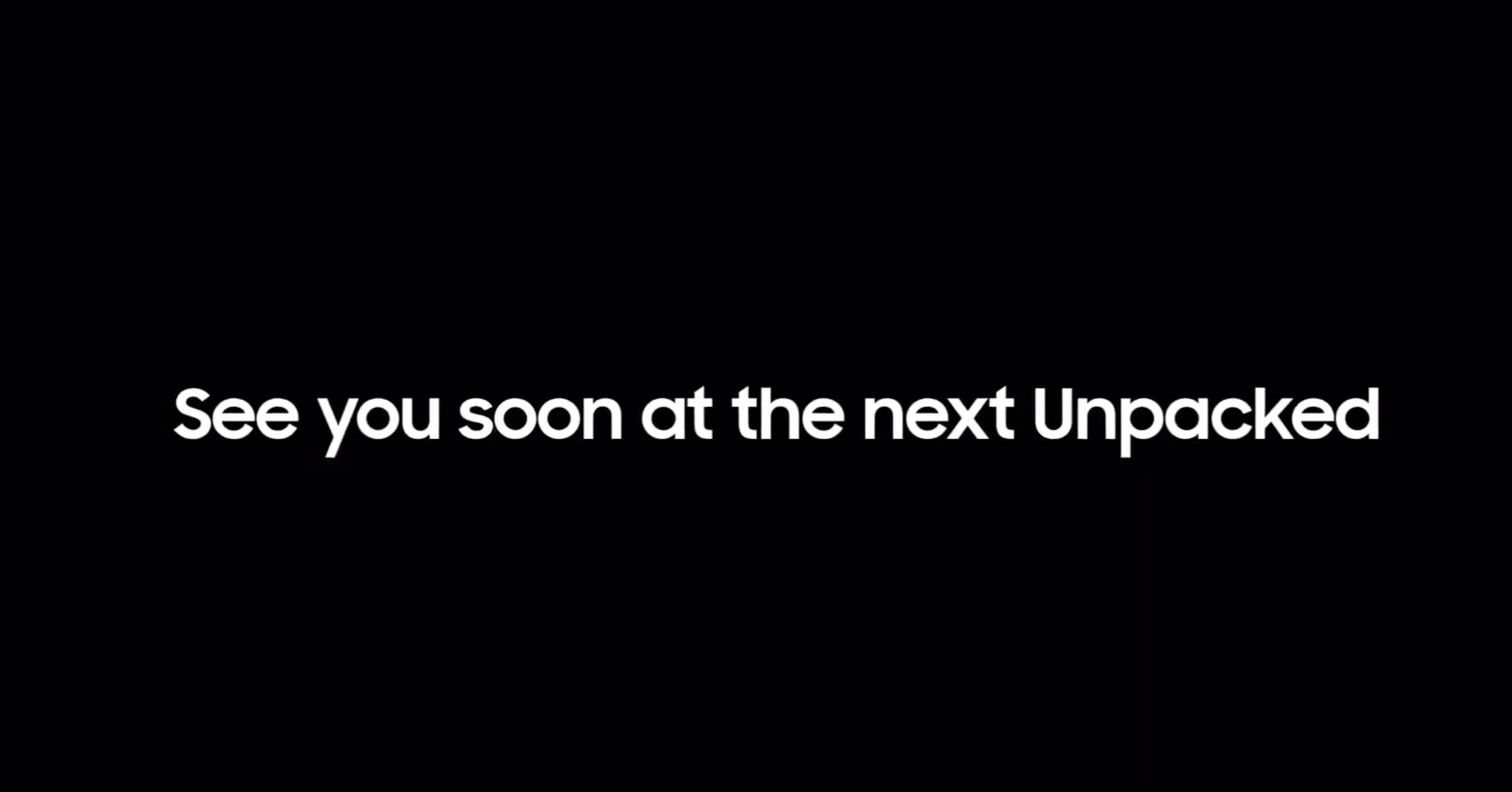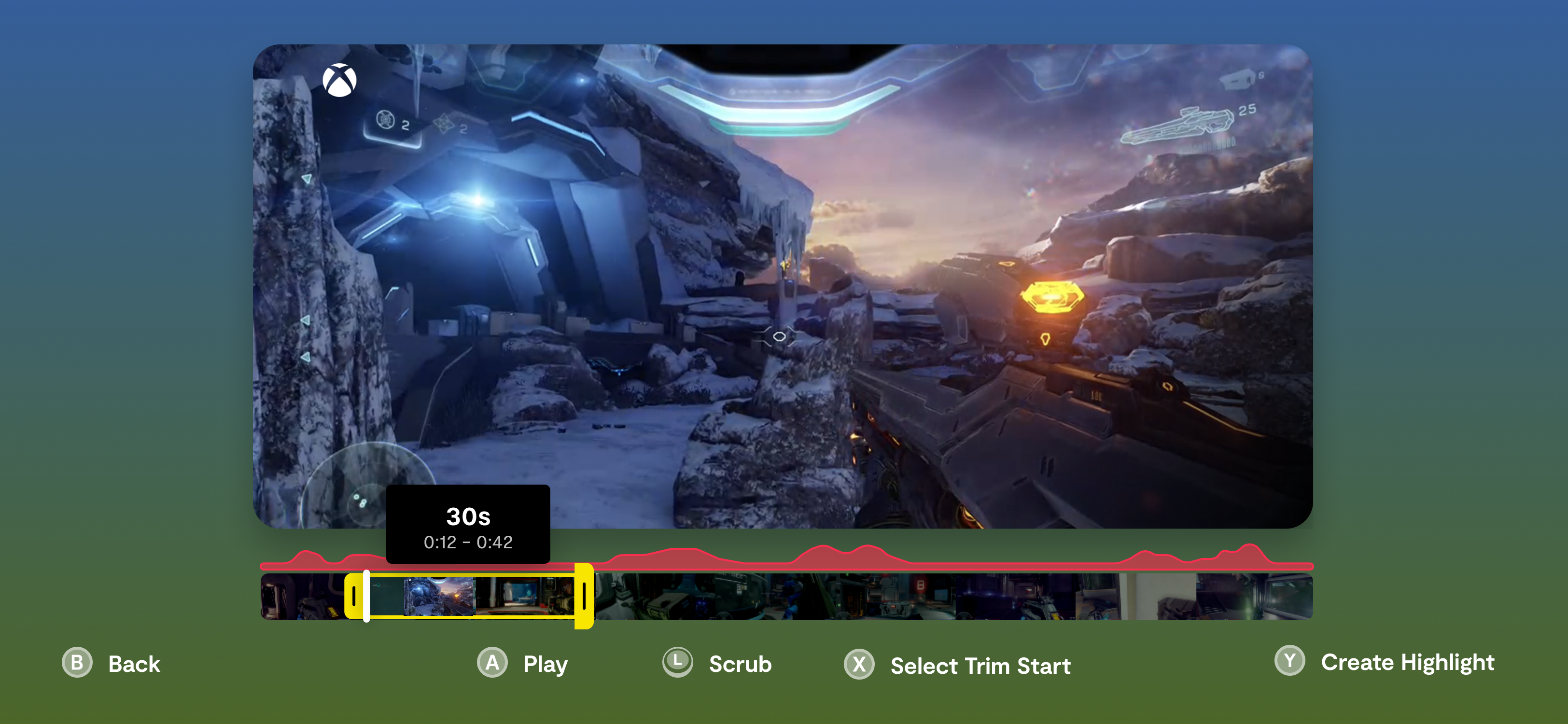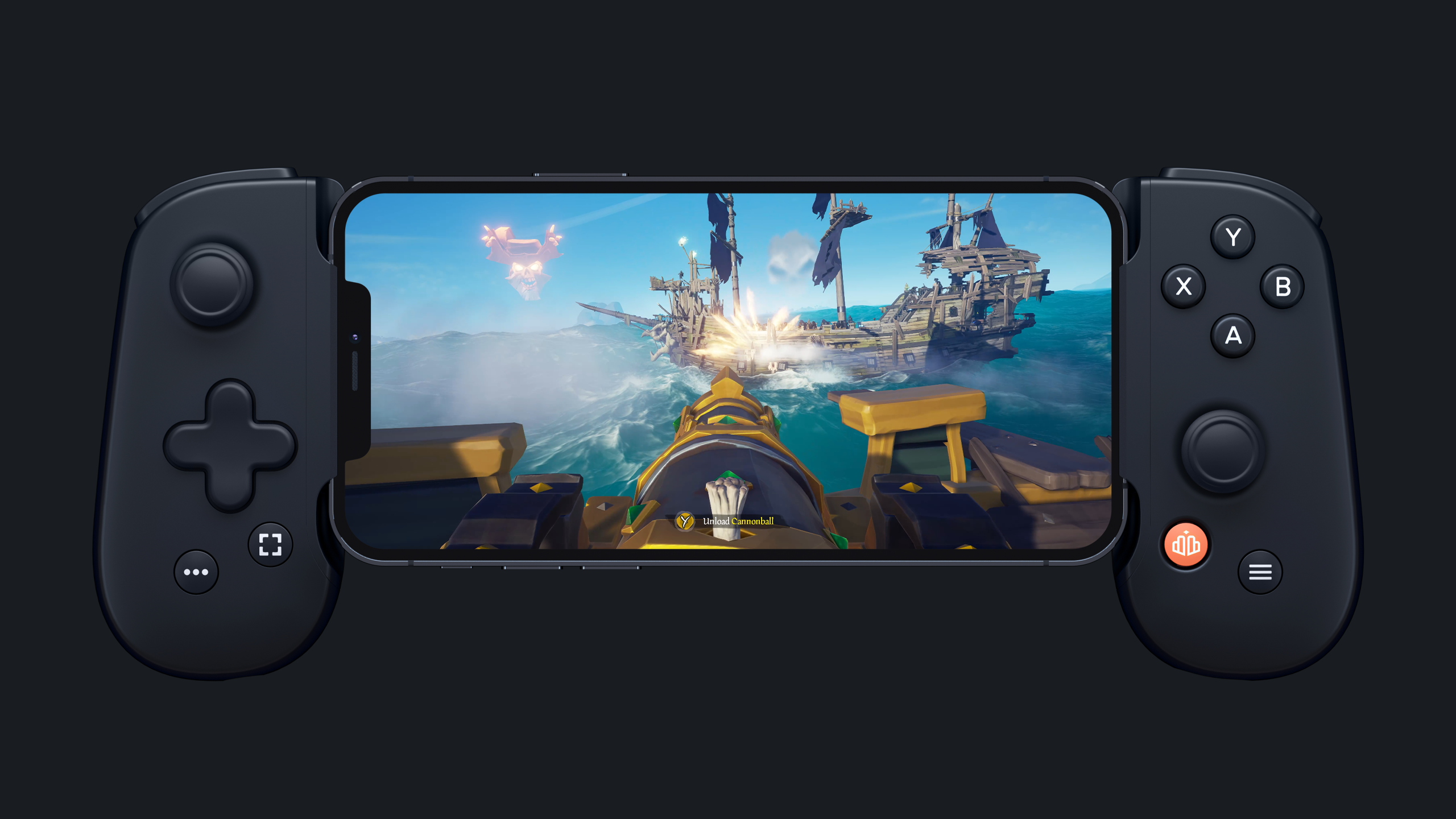News: Daily Crunch: SpaceX announces tentative plans to launch first orbital flight next month
Hello friends and welcome to Daily Crunch, bringing you the most important startup, tech and venture capital news in a single package.
To get a roundup of TechCrunch’s biggest and most important stories delivered to your inbox every day at 3 p.m. PDT, subscribe here.
Hello and welcome to Daily Crunch for Monday, June 28. How much time did you spend on your phone this weekend? Too much? Not a lot? According to recent data on consumer app spending, you probably spent a pretty fair amount. Consumer spending on apps hit a new record in the first half of the year, though the pace of growth is slowing.
Before we begin, Extra Crunch is on sale this week. Check it out here and support The Good Ship TechCrunch. — Alex
The TechCrunch Top 3
- Surgical robots are big business: News broke today that U.K.-based surgical robotics startup CMR has put together a $600 million round led by SoftBank’s second Vision Fund and Ally Bridge Group. CMR is now worth $3 billion.
- Etsy acquires Brazilian rival: Also out today was news that Etsy, the consumer crafts marketplace popular in the United States, purchased its Brazilian cognate for $217 million. The deal for Elo7 follows Etsy’s recent purchase of Depop. It appears that Etsy views at least a good portion of its growth through an inorganic lens.
- SpaceX wants to send Starship to (near) space: SpaceX’s Starship is nearly going to space next month, the company reported. Yep, Starship, the thing you probably most remember for blowing up during trials, could be headed to orbit in July. Don’t think that we’re knocking SpaceX for having some failed trials. The company used to crash rocket stages in reentry all the time. Now it lands them on drone ships with regularity. In space tech, perhaps you have to blow up before you can properly take flight.
Startups/VC
To kick off today, we’re talking about Pittsburgh, a fascinating startup market that TechCrunch is visiting in short order:
- Pittsburgh’s mayor on the city’s startup community and the difficulty of attracting venture capital: How do you reinvent a city that was left behind by deindustrialization and wants to shake off its old reputation? TechCrunch got in the weeds with Bill Peduto, the mayor of Pittsburgh since 2014.
- VCs discuss the opportunities — and challenges — in Pittsburgh’s startup ecosystem: Of course, city government is only one piece of the larger puzzle of building a startup hub. The monied classes also have a part to play when it comes to creating a flywheel for startup creation, investment and re-investment.
- How Carnegie Mellon is helping build its own startups and keeping them in Pittsburgh: And speaking of flywheels, another key component of any startup market that wants to be self-sustaining is helping keep its newly educated minds local, where they can build, scale, exit, and then put their capital and knowledge back to work.
Moving to our regular fare, here’s more from today’s digest of startup happenings:
- $50M to build the Shopify of mobile commerce: Tapcart wants to bring Shopify’s desktop shopping magic to the mobile world, and today it announced an eight-figure round led by Left Lane Capital. (To a degree, it reminds us of recent YC grad Bikayi.)
- $10M for chilled robotic drinks: No, not drinks for robots. Robot-prepared drinks. We’ve seen startups building auto-baristas before, but Botrista’s machine could be something special. It looks slick, and we’d frankly drink most of its offered combinations. Let’s see how far 10 million bucks can take it.
- Yet another hot software IPO: SentinelOne’s IPO is looking spicy after raising its price range. The company’s valuation is creeping higher ahead of its debut, and should value the cybersecurity unicorn at a multiple of its final private price.
- $167M for a leading Philippines-based fintech: PayMaya’s parent company is a lot richer today after closing $121 million in new capital along with $46 million from prior investments this week. Per TechCrunch, the funds will be used to “launch more financial services, including a digital bank.”
- Today’s episode of the Equity Podcast features a new spin on dating apps.
- Closing, two from the personnel department: First, Coinbase CEO Brian Armstrong is coming to TechCrunch Disrupt 2021. And Foursquare’s Dennis Crowley is stepping back from the company.
3 data strategies for selling to developers
Many consumers are open to a slick sales pitch, but software developers generally know better.
Successful dev-focused marketing efforts steer these users toward free tools, but unless you know exactly what data to look for and how to measure it, your efforts will have limited impact.
Software companies hoping to connect with developers should treat end users like the “go-to-market side of the team,” advises Sam Richard, senior director of growth at OpenView, which has invested in companies like Datadog, Expensify and Calendly.
For example: Instead of simply pulling analytics from your production database, what if your GTM team polled stakeholders who touch revenue about the data points they use to make decisions? If you assigned a product manager to address their needs, draft a roadmap and develop an MVP, how much could you learn?
“Don’t overthink it,” says Richard. “Selling to developers isn’t impossible — it’s just difficult.”
(Extra Crunch is our membership program, which helps founders and startup teams get ahead. You can sign up here.)
Big Tech Inc.
- Did you know that both Microsoft and Apple are worth $2 trillion apiece? It was just a few years ago that the five largest American tech firms were worth a mere $3 trillion, though at the time that number felt huge. Today, however, Microsoft started to help chart its path to the $3 trillion mark on its own with the release of the first official Windows 11 preview. Sure, there have been some builds floating around, but this time the source code is from the code’s source.
- Facebook has a new product out in Nigeria — where it has an office — called Sabee. TechCrunch reports that it “aims to connect learners and educators in online communities to make educational opportunities more accessible.” Facebook wants to reach all internet users, and Africa is a growth market for internet penetration, so the move makes sense.
- For those of you out there invested in the Android wearable ecosystem, good news: Samsung and Google have a lot of new stuff that you are probably going to like.
TechCrunch Experts: Growth Marketing

Image Credits: SEAN GLADWELL (opens in a new window) / Getty Images
TechCrunch is building a shortlist of the top growth marketers in tech. We’d love to hear who you’ve worked with, so fill out the survey here! Here’s one of the many great recommendations we’ve received:
Name of marketer: Dipti Parmar
Name of recommender: Brody Dorland, co-founder, DivvyHQ
Recommendation: “She gave me an easy-to-implement plan to start with clear outcomes and timeline. She delivered it within one month and I was able to see the results in a couple of months. This encouraged me to hand over bigger parts of our content strategy and publishing to her.”












